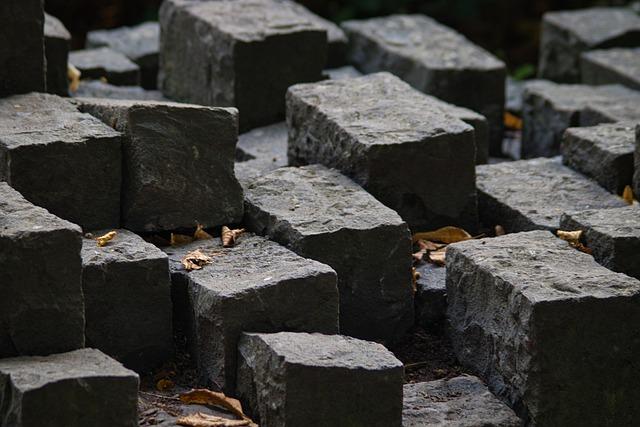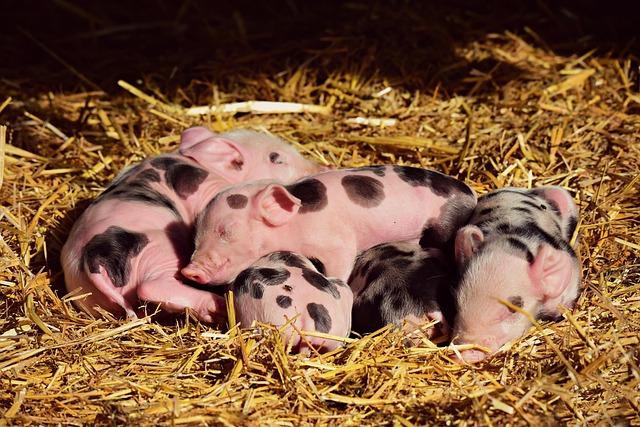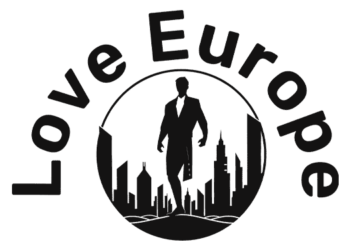Significance of the 65,000-Yr-Outdated Fireside in Understanding Neanderthal Tradition
The invention of a 65,000-year-old fireside in Gibraltar affords profound insights into Neanderthal tradition, revealing their subtle use of supplies for numerous functions. Researchers counsel that this historic web site might have functioned as a “glue manufacturing unit,” the place Neanderthals crafted adhesives from plant resins, a apply beforehand thought to be unique to trendy people. The flexibility to create and manipulate such advanced supplies signifies a stage of cognitive and social group that challenges conventional perceptions of neanderthal capabilities. This underscores their proficiency in technological innovation and adaptation to their atmosphere.
Understanding the functions of this fireside extends past mere materials tradition, shedding gentle on social interactions and subsistence methods inside Neanderthal communities. The presence of proof indicating the usage of the fireside for a number of actions highlights the significance of such communal areas in fostering cooperation and information sharing. Key points of its significance embrace:
Crafting Methods: Perception into strategies utilized by Neanderthals for creating instruments and adhesives.Social Dynamics: Options of collaborative efforts in meals readiness and crafting.Cognitive Expertise: Proof of superior problem-solving skills and planning.

proof Supporting the glue Manufacturing unit Speculation and Its Implications
The findings from the traditional fireside in Gibraltar current compelling proof supporting the Glue Manufacturing unit Speculation, suggesting that Neanderthals might have engaged in subtle processing of animal supplies to supply adhesives and different composite instruments. This speculation is bolstered by the presence of charred natural residues and particular stone instruments found on the web site, which point out that Neanderthals not solely utilized pure sources but additionally manipulated them to reinforce their survival methods. The evaluation revealed remnants of collagen-rich supplies probably sourced from animal bones, difficult the conventional notion of Neanderthal capabilities and hinting at a extra advanced understanding of their purposeful diversifications.
Moreover, the implications of those findings prolong past mere tool-making. They counsel a behavioral shift in the direction of extra intricate social interactions and useful resource administration. As neanderthals explored the creation of substances like glue, they may have additionally developed knowledge-sharing practices that fostered collaboration and communal actions. The proof aligns with the concept that Neanderthals had been not solitary hunters however slightly engaged in networks of innovation, significantly impacting our understanding of their cultural and social frameworks. This evolution in Neanderthal habits not solely enriches our narrative of human ancestry however additionally encourages a re-evaluation of the cognitive capabilities attributed to early hominins.

The archaeological findings at the 65,000-year-old fireside in Gibraltar reveal an interesting array of supplies utilized by Neanderthals that performed an important position of their tool-making practices. Amongst the necessary substances found had been:
Plant Resins: These served as efficient adhesives, permitting Neanderthals to bond stone instruments with picket handles or to safe supplies collectively.Charcoal: Utilized not solely as a gas supply for heating and cooking but additionally for marking and presumably whilst a pigment in instruments.Animal Conceal and Bone: Integral to crafting instruments, animal by-products supplied each structural integrity and adaptability to numerous implements.
Furthermore, the inquiry highlighted the subtle understanding Neanderthals had of their atmosphere, as they selectively gathered these supplies based mostly on availability and utility. The composition of the fireplace signifies that:
Materials Typeusage in Instrument-MakingPlant ResinsAdhesives for bondingCharcoalFuel and pigmentAnimal ProductsStructural parts
This information not solely sheds gentle on Neanderthal ingenuity however additionally underscores the advanced behavioral diversifications essential for survival of their harsh environments.

Comparative Evaluation of Neanderthal Glue Manufacturing with Trendy Methods
Latest findings counsel that Neanderthals might have been adept at creating adhesives from pure sources, positioning them as early innovators in glue manufacturing. An examination of a 65,000-year-old fireside in Gibraltar revealed residues according to the usage of tree sap, mixed with plant fibers and different natural supplies. This evaluation highlights the potential complexity of Neanderthal know-how, indicating that their strategies for producing adhesives weren’t solely efficient however presumably comparable to the methods utilized in modern-day crafting of pure glues. Present procedures for adhesive manufacturing usually contain artificial chemical substances; tho, the Neanderthal technique might encourage a return to extra lasting and environmentally-amiable approaches.
Evaluating Neanderthal glue manufacturing to modern strategies, a number of key points emerge:
uncooked Supplies: Neanderthals utilized regionally sourced natural substances, whereas trendy methods usually rely on artificial compounds.Utility: Each historic and trendy adhesives serve comparable features, similar to bonding and meeting, but Neanderthals might have relied on their creations for sensible survival wants.Course of Complexity: Proof suggests that Neanderthals demonstrated a stage of talent and information that parallels sure artisanal practices at present, indicating a subtle understanding of fabric properties.AspectNeanderthal MethodModern MethodPrimary MaterialTree sap, plant fibersSynthetic resins, polymersEnvironmental ImpactLowVaries, usually highSkill RequirementArtisanal knowledgeIndustrial processes

Potential Impression of These Findings on future Archaeological Analysis in Gibraltar
The invention of a 65,000-year-old fireside in Gibraltar, believed to have functioned as a Neanderthal ‘glue manufacturing unit,’ holds transformative potential for archaeological analysis within the area. This discovering might encourage a re-evaluation of Neanderthal cognitive skills and cultural complexity, suggesting they had been able to extra superior technological processes than beforehand thought. Future investigations might concentrate on:
Comparative Research: Analyzing comparable websites throughout Europe and Africa to perceive the unfold of such practices amongst Neanderthal populations.Materials Evaluation: Investigating the composition of adhesives used,which can make clear the forms of sources obtainable to those historic people.Experimental Archaeology: Replicating the processes utilized by Neanderthals to create adhesives, offering insights into their methods and expertise.
Furthermore, this groundbreaking discover can encourage interdisciplinary collaborations, linking archaeology with chemistry and supplies science.Enhanced analytical strategies will probably be employed to uncover extra about fireside building and utilization.A desk summarizing the important thing findings and advised analysis instructions might improve understanding:
Analysis AreaImplicationsComparative StudiesUnderstanding cultural diffusion amongst Neanderthals.Materials analysisInsights into useful resource availability and know-how.Experimental ArchaeologyRecreating adhesive-making methods to judge Neanderthal ingenuity.

Conclusions and Suggestions for Additional Investigation of Neanderthal Habitats
The current discoveries in Gibraltar have opened thrilling avenues for understanding Neanderthal life, notably concerning their habitat use and useful resource acquisition methods. Given the potential multifunctionality of the fireplace, recognized as a attainable ‘glue manufacturing unit’, it is crucial for researchers to develop a extra nuanced understanding of Neanderthal materials tradition and subsistence methods. Future investigations might concentrate on numerous points that contribute to a deeper perception into Neanderthal habitation practices, such as:
Additional excavation of comparable websites to uncover extra artifacts and contextual info.Evaluation of natural residues from numerous software varieties to establish the particular supplies processed at these hearths.Integration of environmental knowledge to look at how Neanderthals tailored to their environment, together with local weather adjustments and useful resource availability.
Together with site-specific research, broader comparative analyses between completely different Neanderthal habitats throughout Europe might yield beneficial insights into their behavioral adaptability. As a notable instance, understanding the spatial distribution of Neanderthal websites might reveal patterns of their territoriality and useful resource administration. To facilitate this investigative framework, a collaborative strategy that includes each archaeological and paleoenvironmental knowledge could be useful. A advised define for future analysis might embrace:
Analysis FocusObjectivesSite ExcavationUncover artifacts and contextual relationsResidue AnalysisIdentify supplies used for software productionClimate StudyLink environmental adjustments with Neanderthal adaptation
By means of these focused investigative paths, the understanding of Neanderthal habitats and behaviors might be remarkably expanded, unveiling the intricacies of their social and technological practices.
In Conclusion
the invention of a 65,000-year-old fireside in Gibraltar gives an interesting glimpse into the lives of Neanderthals, revealing their superior expertise in useful resource use and tool-making.This web site, doubtlessly a ”glue manufacturing unit,” underlines the complexity of Neanderthal tradition and their capacity to innovate, difficult long-held perceptions of those historic hominins. As researchers proceed to excavate and analyze this outstanding discover, it guarantees to enrich our understanding of Neanderthal ingenuity and adaptableness. The implications of this research not solely shed gentle on the previous however additionally invite us to rethink the cognitive capabilities of our distant kin and their contributions to human historical past. As we await additional findings, this fireside stands as a testomony to the resilience and resourcefulness of a species that thrived in a altering world.
Source link : https://europ.info/2025/03/17/gibraltar-2/65000-year-old-hearth-in-gibraltar-may-have-been-a-neanderthal-glue-factory-study-finds-livescience-com/
Creator : Samuel Brown
Publish date : 2025-03-17 16:16:00
Copyright for syndicated content material belongs to the linked Source.


